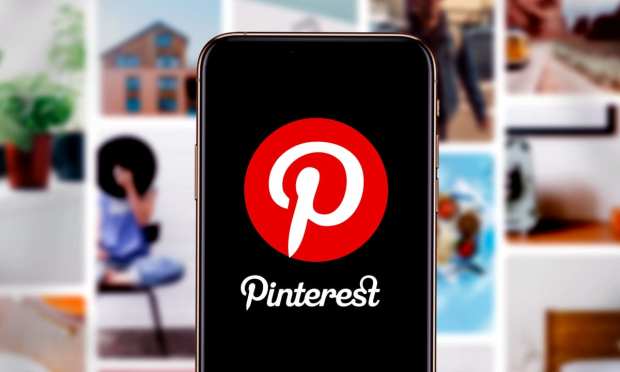Pinterest Moving To Turn Posted Pictures Into Purchases With Seamless Transactions

When it comes to social media, Pinterest Co-Founder Ben Silbermann says the platform has always considered itself different from all the rest, with content rules and advertising policies designed to keep the space “positive and inspiring.”
But now, the San Francisco-based site that is used by 475 million “Pinners” each month said it is pivoting more toward commerce in hopes of making it easier for users to buy the images they post, and to drive new revenue for the company.
“Pinterest is not the place to read the news or debate politics with your cousin or compare yourself to other people. It is a positive place to be inspired to get ideas for your future life,” Silbermann told analysts and investors on the company’s first-quarter earnings call Tuesday (April 27). “As a next step, we’re excited to begin testing seamless on-platform transactions, later this year.”
As much as advertisers want that shift, the challenge of the commercial transformation will be not alienating users and changing the Pinterest experience that brought them in the door in the first place.
“We prioritize building organic shopping experiences for Pinners with high-quality inventory, catalog uploads and discovery services before really leaning into monetization,” Pinterest CFO Todd Morgenfeld said. “This strategy has also been very effective to date, though it’s still relatively early days, but not only have we dramatically scaled shopping engagement on the platform, we shared for the first time today that ad revenue from retailers optimizing for sales on Pinterest is now 20 percent our financial performance.”
Past Performance, Future Results
Pinterest’s makeover is happening at a time when the $50 billion business has come off a record year fueled by the COVID era’s increased digital consumption. Specifically, for the three months ending March 31, the company reported a 78 percent increase in Q1 revenue to $485 million and 30 percent growth of its global monthly active users (MAUs) which rose to 478 million.
The monetary challenge — or opportunity — for Pinterest is the fact that 80 percent of its revenues come from the U.S., even though they account for just 20 percent of total users.
Said another way, 80 percent of Pinterest’s users are international, but deliver only a fraction of the revenue per user that American consumers command.
Specifically, U.S. sales rose 65 percent last quarter with domestic average revenue per user (ARPU) rising 50 percent to $3.99 per user, while international sales grew 170 percent with ARPU doubling to just $0.26 — which works out to less than 7 cents on the dollar versus the U.S. monetization rate.
It is no wonder that the 11-year-old platform is looking to raise the bar, or as it says, better match the user journey with advertising objectives that range from awareness to consideration to purchase.
The Right Feel And Mix
Against this backdrop, Morgenfeld said one of the things he hears when speaking with CMOs is that the value of Pinterest “isn’t a full-funnel advertising experience across all objectives.” But conversions and purchase activities have increased to account for one-fifth of total sales, and the company is looking to gradually expand upon that shift, Morgenfeld said, calling revenue from retailers with conversion objectives “an important trend.”
“A lot of our early business was built around awareness and consideration objectives or traffic-based buying, but what we’ve seen recently is that shopping ads or catalog based ads, coupled with conversion optimization ads with checkout or add to cart objectives are now, for the retail community, 20 percent of our overall revenue,” the CFO said.
As it stands, Pinterest’s user experience is changing and will continue to do so as Pinners are pulled — or guided — deeper down the funnel.
“We’re increasingly taking our users from inspiration to action through that purchase journey and that’s showing up in our advertising results,” Morgenfeld said.
